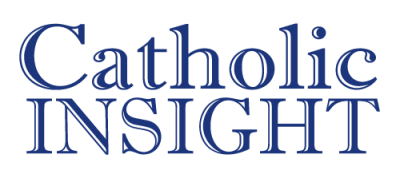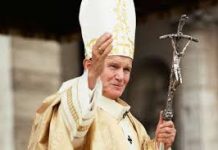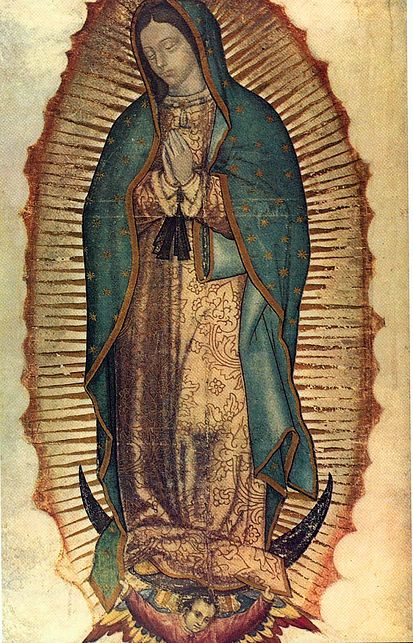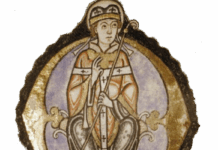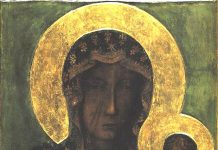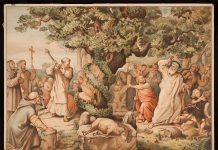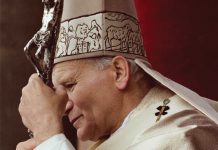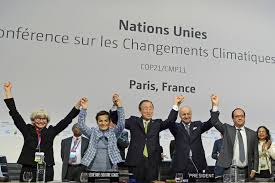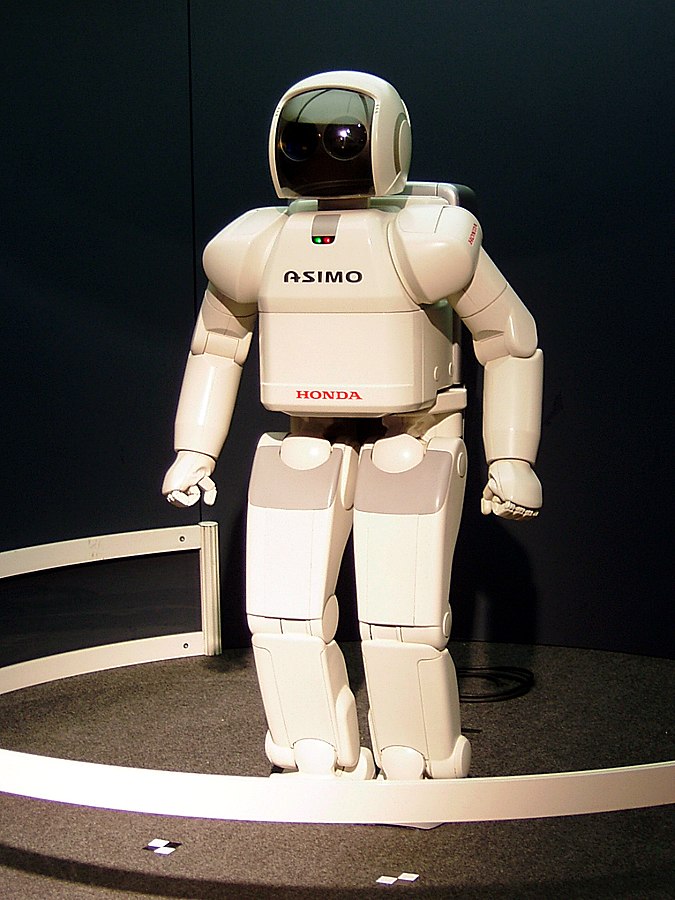
Part 1 of this reflection on the recently released Vatican document, Antiqua et Nova (AN), focused on the first half of the document, which provides a clear understanding on the relationship between artificial intelligence and human intelligence. Part 2 will now focus on the second half of Antiqua et Nova, which itself focuses on the proper human action in its use of artificial intelligence and the Church’s role as the guardian of human dignity in light of these developments.
It seems like an uneven division to make part 1 deal with paragraphs 1-35 and part 2 deal with paragraphs 36-117. However, these final 81 paragraphs are just various applications of the principles that are laid out in the opening, foundational paragraphs.
This second section begins by emphasizing the general role that ethics must play in the development and use of AI. This is built upon the uniqueness of human persons as moral agents. This not only sets humans apart as the subjects developing and using AI, but also that humans must be especially considered as the objects of this use. With this in mind, Nova states that “AI systems” must be “ordered for the good of people” as a top priority (AN 45). Because of the highly technical and intricate nature of AI algorithms and networks, Nova makes clear that transparency is a matter of the utmost importance (AN 46). After explicating the fundamental ethical and anthropological principles necessary for this discussion, Nova begins a series of “Specific Questions” that all begin with the heading “AI and…” In these, it applies these previously discussed ethical principles to the area that AI is affecting the world most imminently.
One positive that stands out in this section of the document as a whole is that it takes a balanced approach to every specific area that AI will affect. It begins each section on the goods that AI is capable of producing for humanity, how it can uphold human dignity and contribute to our well being. It would be remarkably safe and easy for the Church to have a purely antagonistic attitude to AI developments. It would also feed the narrative that is unjustly attributed to the Church when it comes to so much of biomedical technological advancements. It is worthwhile to note that the Church has always been able and willing to recognize the good that humans are capable of producing even when those materials also hold great potential for evil.
The biggest general danger that AI poses, the document states, is a promotion of the “technocratic paradigm” (AN 54). This danger reflects the perennial human temptation to see persons as objects. In this case, to see persons through the lens of how they can be used to solve a problem, even if that “problem” is intrinsic to humanity itself. Considering this technocratic paradigm more closely, the word techne, derives from “craft,” which is no problem when talking about things recognized as things. It is precisely when AI, which can imitate human intelligence so closely, begins to work the opposite direction – that is, to see see other humans as things – that it becomes problematic.
As countless philosophers since Aristotle, as well as the Vatican II document Gaudium et Spes, have noted, “man is a social being” (Politics Book I, GS 12, AN 56). This reality creates an inherent divergence from human intelligence and AI that must be considered. This sociality cannot be replaced by a simulacrum. This is the principle to which every subsequent section of the document returns as it is the uniquely human element that makes the data that is shared incarnational. As the document quotes, “true wisdom demands an encounter with reality” (AN 59). From a human standpoint, “reality” must be incarnational, a combination of spirit and matter, because we are also incarnational.
Another aspect of the technocratic paradigm upon which Antiqua et Nova expounds,, corresponding to the misunderstanding of persons as things is the way that AI commoditizes elements of reality. This is especially the case with AN’s discussion of “AI and Education” (AN 77-84), which points to the danger of turning education from a relationship-focus between a teacher and student, mentor and disciple, to that of a purely utilitarian transferring of information. This may especially be problematic in education if the person to person relationship is not a quantifiable product the same way that the information itself is. As AN states, “Teachers do more than convey knowledge; they model essential human qualities and inspire the joy of discovery” that leads to more than just the acquisition of information but, “inspires trust, mutual understanding” and upholds “each person’s unique dignity and potential” (AN 79). There is a degree of noetic knowledge, knowledge attained through real experience, that can only come through an incarnational relationship with another person that must be recognized in education and cannot be replicated by AI.
AI replication of reality becomes its own topic in this document in the section “AI, Misinformation, Deepfakes, and Abuse” (AN 85-94). One of the most visible and controversial applications of AI includes the generation of fake images in order to deceive. What is ironic and could have been explored further is that the generation of images is exactly what the imagination does in the human mind. We “create” “fake” images of people, places and things based on previous information. This is essentially what happens in our imagination. This also greatly resembles the functionality of AI. It points to a deeper epistemological issue that would have gone beyond the scope of the document. However, briefly, it reiterates the need within the Catholic, Thomistic, philosophical tradition for a deeper examination and articulation on the necessity of the empirical senses, and their correspondence to objective reality, for determination of true knowledge.
The document discusses briefly the relationship between AI and the environment (AN 95-97), noting the “vast amounts of energy and water” needed to power AI systems (AN 96). This coheres well with the importance placed primarily on those affected by the management of resources when it comes to environmental concerns, but is increasingly lost by those slavishly devoted to the technocratic paradigm. There is another short section on “AI and Warfare” (AN 98-103), which stresses the depersonalization of violence that is blatant within this development. The document reiterates the call from Gaudium et Spes to evaluate and reconsider the first principles associated with war in light of this new technology. In the same way the world rightly recoiled at the sheer destructive force of atomic weaponry, so too must there be, today, a similar reaction to the potential for indiscriminate death latent within AI.
The final specific question the Antiqua et Nova considers is that of “AI and Our Relationship with God” (AN 104-107), noting rightly that this contingent, human invention, like all natural and artificial goods, carries with it the temptation for worship in place of the necessary Good that is God. As persons made in the image and likeness of the God to whom we owe worship, our temptation to self-worship is based on the good that is present in our reflection of God, though it is corrupted. Similarly, every idol that reflects its maker, namely us, becomes a temptation for self-worship. With AI being our creation, but also a creation which may end up reflecting us so closely we forget what it means for us to be human in the first place, the temptation to worship this idol will be that much greater.
Ultimately, developments in Artificial Intelligence must return us to an understanding of that which makes us human: our rational soul, its intellect and will, and our material bodies that ground us in the incarnational reality in which God has made us, and Christ has united to his divine nature. Antigua et Nova reflects the need for this return well and the abuses that a failure to return to this first principle will cause.
